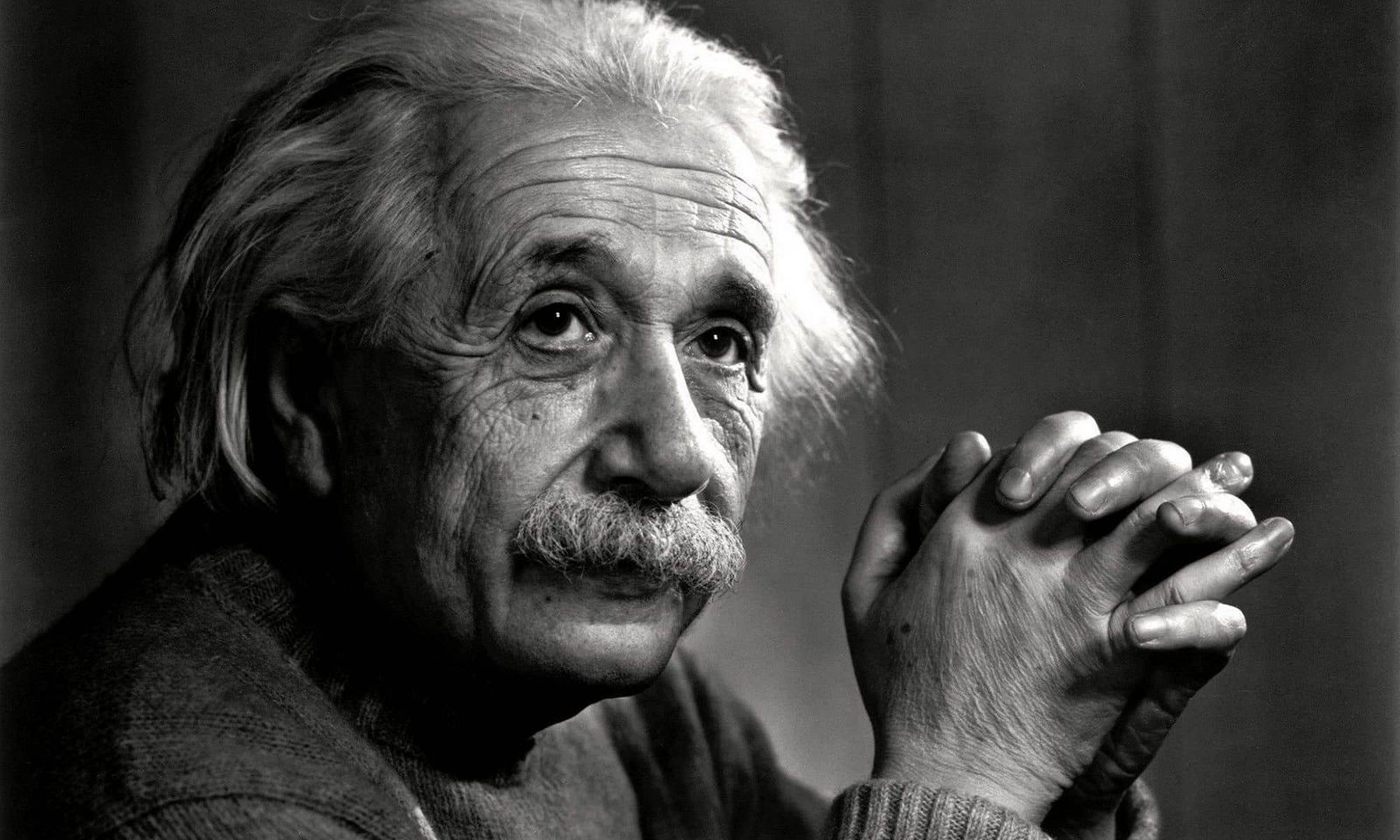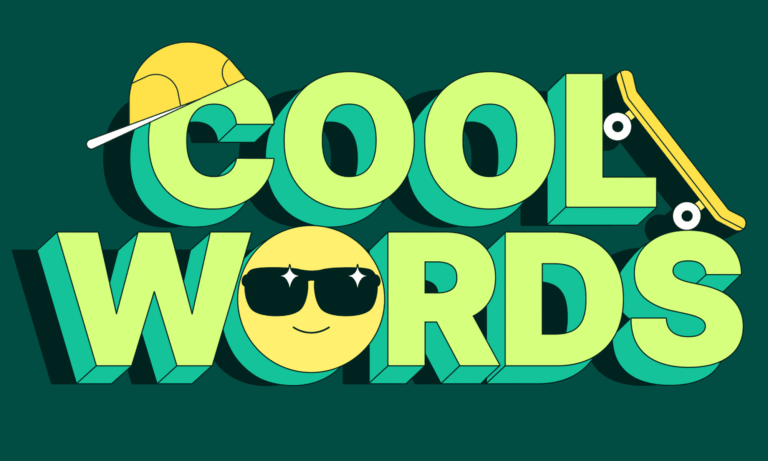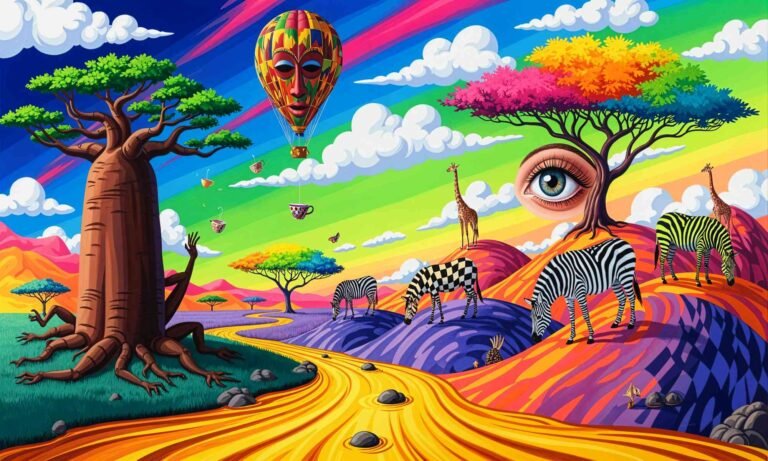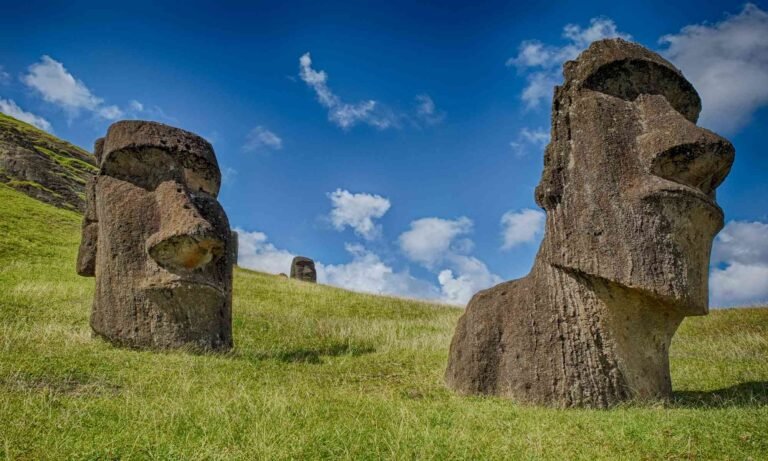The term “eccentric genius” embodies a distinct category of individuals whose thought processes and behaviors set them apart from conventional norms. Eccentric geniuses are characterized by an innovative blend of creativity, intelligence, and often peculiar behavioral traits. These individuals possess an extraordinary capacity for original thinking, allowing them to explore ideas and concepts that others may overlook. Their unconventional approach often leads to groundbreaking innovations and significant contributions in various domains, such as science, art, and literature.
One defining characteristic of eccentric geniuses is their inherent curiosity coupled with a deep intellectual engagement. This curiosity drives them to question established paradigms and challenge societal expectations, which can manifest as unconventional habits or unique methods of working. For example, Albert Einstein, known for his revolutionary contributions to physics, also exhibited behaviors that many considered eccentric, such as his disregard for societal conventions in dress and lifestyle. These traits not only highlight his individuality but also underscore the link between his unique demeanor and his scientific breakthroughs.
In the realm of arts, figures like Vincent van Gogh illustrate the connection between eccentricity and creativity. Van Gogh’s unconventional artistry, coupled with his emotional struggles, informed his expressionist style, ultimately redefining artistic norms of his time. Similarly, in literature, authors like James Joyce demonstrated unconventional narrative techniques and styles that continue to influence contemporary literature. These examples serve to exemplify how eccentric geniuses utilize their abnormal thought processes and behaviors to craft revolutionary ideas that challenge and reshape existing frameworks.
In understanding eccentric genius, it becomes clear that their distinct attributes often serve more than an artistic or intellectual purpose; they pave the way for transformative ideas that can alter societal landscapes. Ultimately, the blend of creativity, intelligence, and eccentric behavior contributes immensely to the tapestry of human innovation.
“Eccentricity has always abounded when and where strength of character has abounded; and the amount of eccentricity in a society has generally been proportional to the amount of genius, mental vigor, and moral courage which it contained. That so few now dare to be eccentric, marks the chief danger of the time.”
– John Stuart Mill
Famous Eccentric Geniuses Throughout History
Throughout history, numerous individuals have exemplified the intersection of genius and eccentricity, profoundly impacting various fields.
- Among them is Albert Einstein, renowned not just for his groundbreaking theories in physics, particularly the theory of relativity, but also for his unconventional lifestyle. Einstein’s distinctive dress sense, often adorned with mismatched clothing and unkempt hair, symbolized his disregard for societal norms. His eccentricity allowed his mind the freedom to explore abstract concepts, leading to revolutionary ideas that reshaped our understanding of light and gravity.
- Nikola Tesla, another titan of innovation, is celebrated for his contributions to electrical engineering and energy. Tesla’s life was marked by daily rituals and habits that many considered odd; he often worked alone in dimly lit rooms, communicating with his inventions rather than people. His eccentric behavior, including an obsession with the number three and other idiosyncrasies, fueled his visionary ideas, such as alternating current and wireless communication, which paved the way for modern technology. Despite his brilliance, Tesla faced skepticism and financial struggles, illustrating the societal challenges that eccentric geniuses often encounter.
- Furthermore, Virginia Woolf, a pioneering figure in modernist literature, showcased her eccentricity through her avant-garde narrative techniques and personal life. Woolf challenged literary conventions, producing seminal works that explored the complexities of human consciousness. Her unique perspective, often seen as unconventional, allowed her to express her insights on gender and society, yet she battled mental health issues that were exacerbated by the rigid societal expectations of her time. Woolf’s struggles and triumphs reflect the dual nature of eccentricity, serving as both a catalyst for creativity and a barrier to acceptance.
- Salvador Dalí, the surrealist master, embodied eccentricity both in his art and his life. Known for his flamboyant mustache, pet ocelot, and theatrical public appearances, Dalí blurred the line between performance and personality. His “paranoiac-critical method” allowed him to tap into the subconscious, producing dreamlike paintings filled with melting clocks, distorted figures, and symbolic landscapes. Dalí’s eccentricity was not merely a quirk – it was a deliberate artistic strategy that challenged conventional perceptions of reality and redefined the boundaries of imagination.
- Michelangelo, the Renaissance polymath, was equally known for his brilliance and his reclusive, often difficult temperament. Despite being celebrated as “Il Divino” (the Divine One) in his lifetime, Michelangelo lived a life of intense solitude and self-discipline. He wore old, tattered clothes, rarely bathed, and often slept in his studio beside his unfinished sculptures. His obsessive dedication to his craft and his disdain for social niceties set him apart from his peers. Michelangelo’s eccentricity was rooted in his relentless pursuit of artistic perfection, which produced masterpieces like the Sistine Chapel ceiling and the statue of David – works that continue to inspire awe centuries later.
- Leonardo da Vinci, often hailed as the quintessential Renaissance genius, was as enigmatic in personality as he was brilliant in intellect. His notebooks – filled with mirror writing, anatomical sketches, and fantastical inventions – reveal a mind that never rested. Leonardo was known for his unconventional habits: he was a vegetarian in a meat-eating society, wore rose-colored tunics, and was described as both charming and aloof. He frequently abandoned commissions mid-project, distracted by his insatiable curiosity about everything from hydraulics to human anatomy. His eccentricity was not a hindrance but a reflection of his boundless imagination and refusal to conform. His genius lay in his ability to merge art and science, intuition and observation, producing works like The Last Supper and Mona Lisa that continue to captivate the world centuries later.
These famous eccentric geniuses, through their distinctive approaches, demonstrate how unconventional methods can lead to significant contributions, reinforcing the idea that genius often exists outside the constraints of societal norms. Their legacies continue to inspire future generations to embrace their uniqueness while navigating the possible repercussions of their unconventional behaviors.
The Relationship Between Eccentricity and Genius
The connection between eccentricity and genius has intrigued philosophers, scientists, and cultural observers for centuries. From Aristotle’s famous assertion that “there is no great genius without some touch of madness” to modern psychological studies, the idea that extraordinary intellect often walks hand in hand with unconventional behavior remains a compelling narrative.
Eccentric individuals frequently display behaviors that defy social norms, yet these deviations may reflect a deeper cognitive divergence. Rather than being mere quirks, such behaviors often signal a mind operating on a different wavelength – one that questions assumptions, explores abstract concepts, and perceives patterns invisible to others. This divergence can be a hallmark of genius, enabling breakthroughs in science, art, and philosophy.
Historical accounts abound with examples of brilliant minds whose eccentricities were inseparable from their intellectual achievements. Leonardo da Vinci’s cryptic notebooks, Nikola Tesla’s obsessive rituals, and Emily Dickinson’s reclusive lifestyle all suggest that their genius was not in spite of their eccentricity, but perhaps because of it. These individuals embraced solitude, ritual, or odd habits not as affectations, but as necessary conditions for their mental clarity and creative insight.
Psychological research supports this nuanced view. While early theories often linked genius with mental illness, more recent studies suggest that eccentricity and high intelligence may share cognitive traits such as divergent thinking, cognitive disinhibition, and openness to experience. These traits allow geniuses to process information differently, often noticing connections and possibilities that others overlook.
However, society’s relationship with eccentric geniuses is ambivalent. While we celebrate historical figures for their brilliance, we often marginalize contemporary eccentrics, mistaking their nonconformity for instability. This tension reveals a broader discomfort with difference, even when that difference fuels innovation and progress. Ultimately, the relationship between eccentricity and genius is not one of causation but of correlation. Eccentricity may not guarantee genius, but it often accompanies it – serving as both a symptom and a catalyst of minds that dare to think beyond the ordinary.
Embracing Eccentricity in Modern Society
In contemporary society, eccentricity among individuals is often seen through a critical lens, leading to attempts to promote conformity. However, embracing this form of unconventionality is essential for fostering innovation and creativity, particularly in workplaces and educational environments. By encouraging diverse ways of thinking, organizations and institutions can cultivate a culture that values originality and enhances problem-solving capabilities.
Firstly, it is crucial to recognize that eccentric thinkers present unique solutions to complex challenges, drawing from unconventional perspectives. These individuals are often unbound by traditional norms, allowing them to explore innovative avenues that others may overlook. By providing platforms for such thinkers, organizations can engage in brainstorming sessions that prioritize free thinking and outside-the-box concepts. This not only enhances creativity but also promotes a dynamic work environment where all contributions are valued.
Moreover, fostering an inclusive atmosphere that welcomes different modes of ideas can significantly benefit educational settings. Schools and universities equipped to support eccentricity encourage students to express their identities, leading to a more involved and engaged learning community. By implementing project-based learning and interdisciplinary approaches, educators have the opportunity to cater to varying cognitive styles and inspire collaborative initiatives that highlight unique viewpoints.
Organizations can further promote eccentricity through policies that focus on flexibility and autonomy. Implementing open-door policies, flexible work hours, and creative workshops allows employees to express their individuality freely. Additionally, training sessions aimed at enhancing emotional intelligence can facilitate better understanding and acceptance of differing thought processes. This cultivation of eccentricity results in enriched collaboration, where diverse ideas converge, leading to groundbreaking solutions.
In conclusion, as modern society progresses, embracing eccentricity should be viewed as an asset rather than an anomaly. By fostering environments that support unconventional thinking, individuals and organizations can unlock a wealth of potential for innovative solutions and inclusive practices.
What’s More
The posts in My Blog feature reflective, story-driven pieces rooted in personal and societal insights.
The topics in My Interests explore abstract, philosophical ideas and their cultural and societal impact.
👁️ 8,861 Views
















